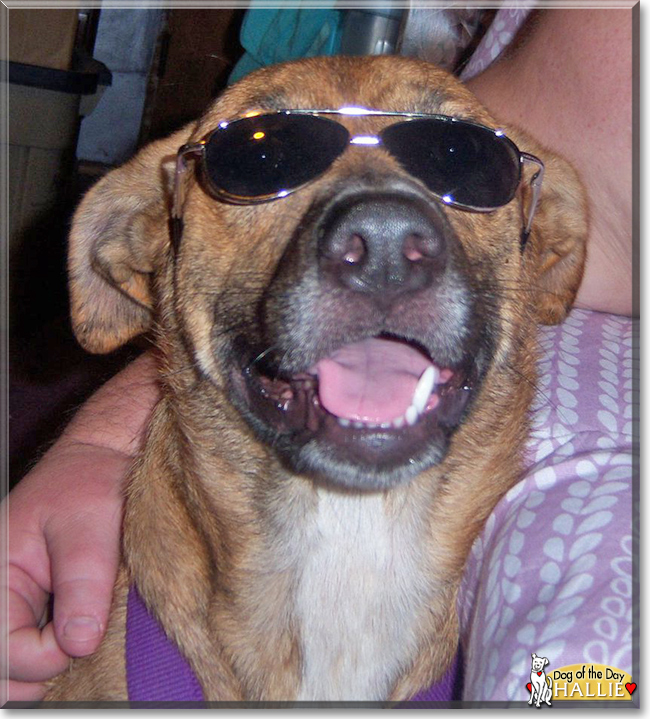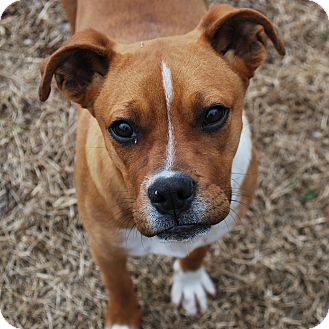

Known as a hybrid dog, we’ve put together a list of what we think are 15 of the best blue heeler mixes for you to consider. With such a strong personality, work ethic, and high need for exercise, the pure blue heeler is an energetic dog that may not be suitable for every would-be dog owner or family with small children.īut with an Australian blue heeler cross breed, you can get the best of both worlds by mixing two different dog breeds. However, blue heeler dogs are susceptible to certain health conditions, including hip dysplasia, progressive retinal atrophy, deafness, cataracts, and ear infections.

You can also get red heelers, which have a rusty speckle to their fur. They have dark, intelligent eyes, set in a wide skull and alert, upright ears.Īll blue heelers are born with a white coat, which develops the distinctive blue mottling or blue speckled pattern as they age.

And, if there’s one word to be used to describe the heeler, many owners would say ‘workaholic’! Regularly checking them and cleaning as needed helps reduce the risk of ear infections in your dog.Also known as Australian cattle dogs, the blue heeler is one of the ultimate working canines.īred to herd cattle in the Australian outback, this medium-sized dog breed is hardy, tenacious, loyal, and energetic. If your Border Collie Mix has ears that drop down, they are more prone to moisture and developing an infection.
#Australian cattle dog boxer mix puppy free
It’s also important to regularly check your dog’s ears to ensure they are dry, clean, and free of dirt or debris and then to carefully clean them if needed. This will help prevent the tartar and plaque buildup that leads to dental disease. When it comes to dental care for your dog, brushing their teeth daily is recommended. For most dogs, trimming nails once a month is sufficient. Regardless of the coat, all dogs need to have their nails trimmed, teeth brushed, and ears checked regularly. Finding out about the other parent breed from the breeder will give you an idea of what you could expect when it comes to coat. Depending on the other parent breed in your Border Collie Mix, their coat could require more or less grooming. They also have heavier shedding sessions as the seasons change and need to be brushed more frequently during this time. Border Collies have a weather-resistant double coat that requires weekly brushing.


 0 kommentar(er)
0 kommentar(er)
